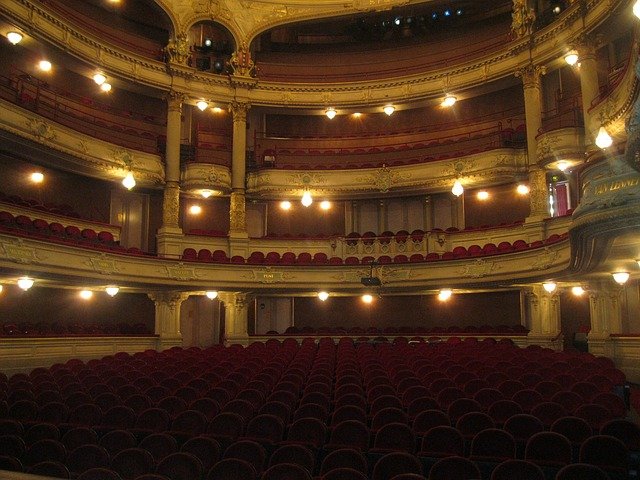
The theater hall empties during the intermission
The notion of intermission is used to refer to the intermission of a theatrical performance . This is the temporary period that implies the interruption of the work and that extends from the end of one of its parts to the beginning of the next.
General characteristics
The intermission can have different characteristics. Sometimes it is a pause that allows rest , either for the actors and/or the audience, and that can favor different technical issues (such as changing sets or scenery , for example).
In other cases, the intermission contemplates the development of an artistic exhibition or a short show . It could be a theatrical number or a musical performance, to mention two possibilities.
Intermissions, also known as intervals , represent a brake on the development of a work or between two functions. They are common in operas, theater performances and concerts, and can also be implemented in a film screening.
In some cases, the presence of the intermission is justified by the length of the work it divides; some operas, for example, last more than three hours. If the public and the musicians were forced to go for so long without a break, it would not be good for their health. Both need to change their posture to promote blood circulation and leave the room so that oxygen is renewed. The audience should also take a few minutes to process all the information acquired so far, while the artists should rest so as not to overexert their vocal cords and muscles.
Origin of the intermission
The origin of the intermission is associated with the actors' need to rest . Over time it began to be used for other things, including to boost the consumption of food and drinks and so that spectators could talk to each other.
Although its characteristics are variable, the usual thing is that the intermission lasts about fifteen minutes . Once concluded, people are told to return to their seats for the performance to continue.
a french film
As a proper name, Entreacto is the title of a film that was released in 1924 . It belongs to the catalog of René Clair , one of the oldest directors of French cinema, and in fact this film is among his first.
Its link with surrealism and Dadaism cannot be denied, nor is it possible to notice a conventional or classic narrative. This can be seen with the apparent lack of relationship that each sequence has with the next; In technical terms, it can be said that there is no cinematographic continuity , which is why the shots do not respect the illusion of all being linked.
Without going into the details of the plot that could ruin the ending for those who have not seen it yet, it is an experimental piece in terms of different aspects of cinematography, such as the rhythm of the composition. It should be noted that several of them had been created by Clair himself, given that he was one of the pioneers in this field.

It is believed that Entreacto refers to the boxing poet Arthur Cravan
The story of Entreacto combines comedy with the sinister, and is believed to refer to the poet and boxer Arthur Cravan , nephew of Oscar Wilde and with a very particular ending: he disappeared in a shipwreck . Precisely, in the film there are elements such as boxing gloves, the disappearance of a deceased man and a paper boat.
Another meaning
As detailed by the Royal Spanish Academy ( RAE ) in its dictionary, on the other hand, the notion of intermission is also used to name a small-sized cigar . The intermissions are pure thin and cylindrical in shape.
